Ball Handling and Dribbling Drills are skills that all youth players must develop at an early age. It doesn’t matter whether a player is short, tall, small, or large – all players, at every position benefit from having good ball handling skills. To become a great ball handler players must work hard and be open to all the aspects of ball handling. The first priority should be learning the basic fundamentals and mechanics, then advance from there. Try our new download publication “Ball Handling Drills for Youth Basketball” packed with over 80 of the most popular and useful dribbling drills.
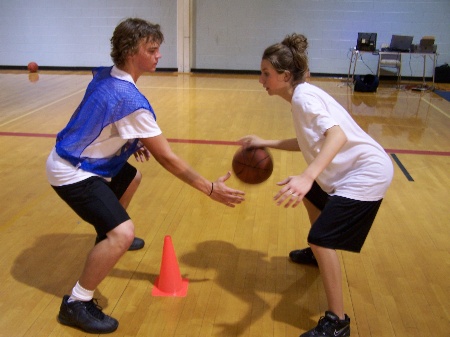 |
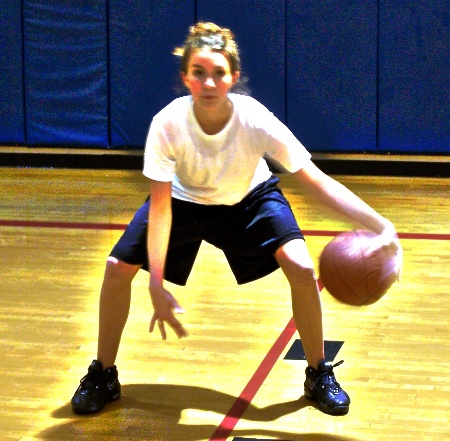 |
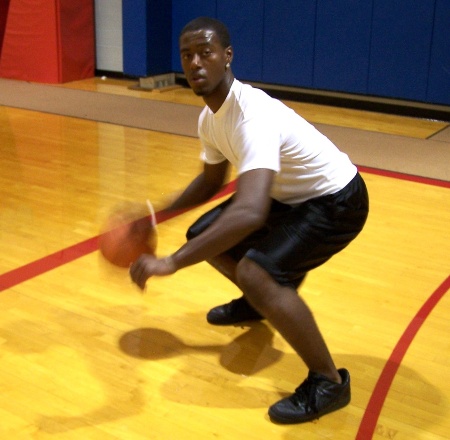 |
The first step in teaching proper dribbling is the stance!
Players must always use correct dribbling stance when dribbling the ball during your practices.
a) Stay low, knees bent slightly and in a “sitting” position (make sure players are in a comfortable / balanced position).
b) Feet should be shoulder width apart.
c) The hand dribbling the ball should be to the side, and the players opposite hand should be up and in a position to “protect” the ball (dribble) from a defender. Do not allow the players to put their non dribbling hand on their knee!
d) Players should always look up when dribbling the ball.
 |
(Typical Ball Handling Stances) | 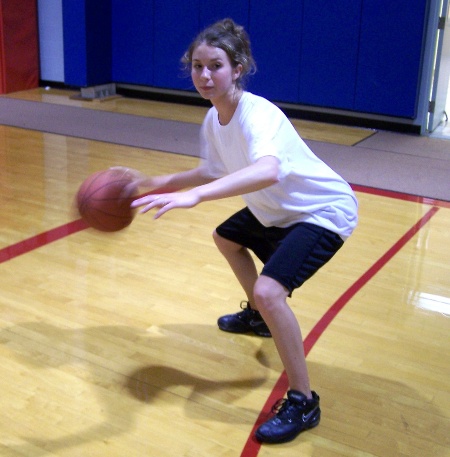 |
How to Dribble the Basketball:
If players have attempted to dribble the basketball on their own it may be a little more difficult to correct any bad habits that the players have learned. Coaches should ensure that the players are using the correct methods at all times.
a) Players should be in a “ready” position (proper stance).
b) The dribble is performed with the “pads” of the fingertips, and players should never “slap” the ball.
c) Players should push down hard and keep the ball low (let the ball come up to their fingertips again, and so on…
d) The ball should be dribbled close to the players’ body.
Basic Dribbling Stance - Right / Left Sides
Dribbling Aids:
One of the most effective dribbling aids are “dribbling glasses” (which are also called Blinders).
They are not very popular with the players, but they do work! The main purpose of these dribbling glasses is that they “force” players to look up at all times (which means the players cannot dribble looking down). The younger players are just starting out, so make sure to teach them basic dribbling drills first (make sure they can do the drills without the glasses first), then introduce them to the dribbling glasses.
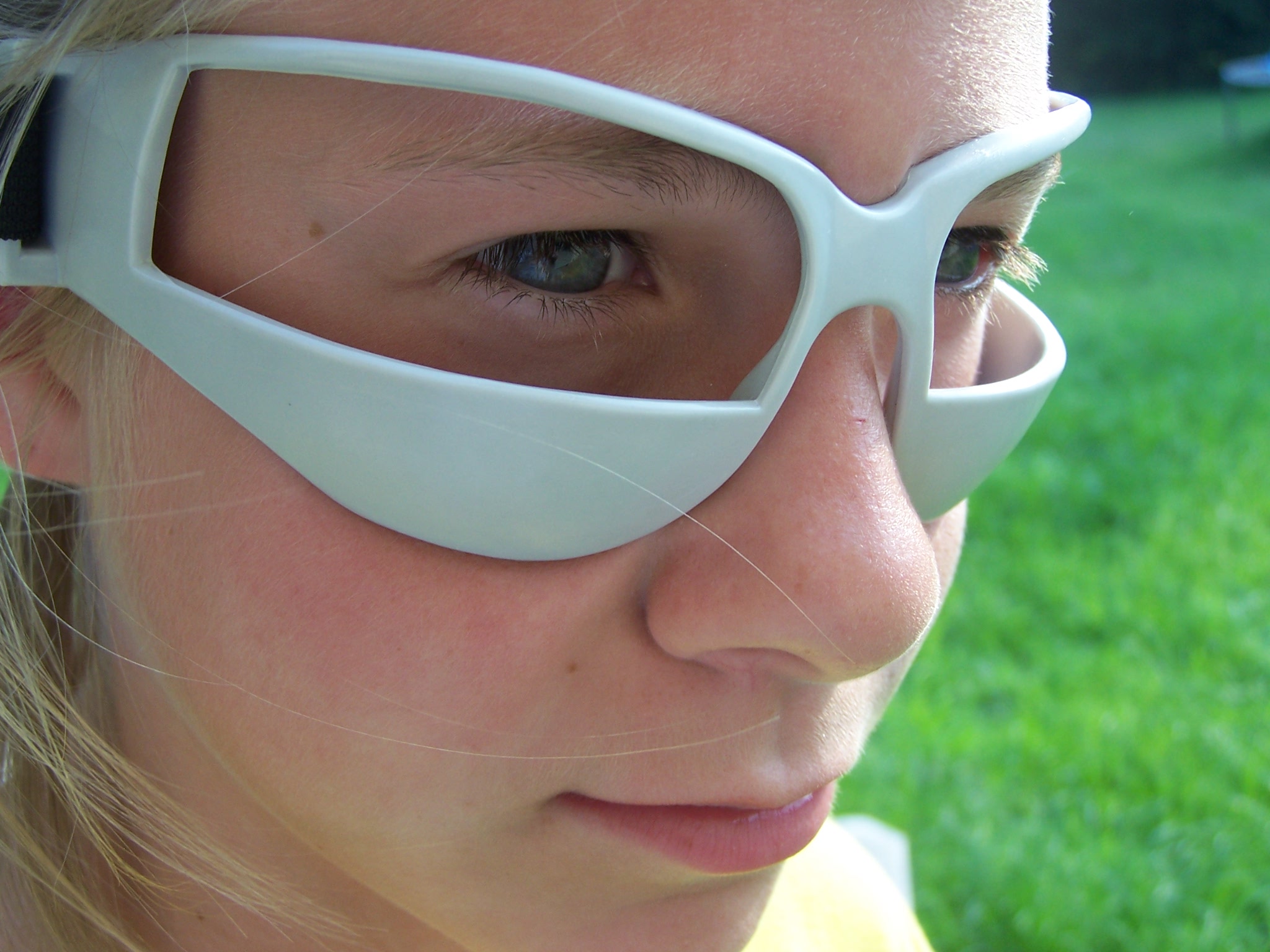
Ball Handling Drills:
My philosophy is to make ball handling part of every practice!
Ball handling is for every player. There are so many ball handling drills that can help players it’s crazy. I have my players do a ball handling routine every practice, and make it a point that the players are dribbling every time they run in practice. For example if I have my players run a suicide, they dribble a basketball… Ball Handling Drills for Youth Basketball
Line Conditioning Drill / Dribbling Basketballs
The Mighty Crossover:
The crossover is one of the most effective ball handling skills used in basketball.

This is a ball handling skill that occurs when the ball handler switches their dribble from one hand to the other. The crossover should occur low and quick (some crossovers are wide and deceptive). The ball handler basically dribbles under the defenders hand (if the defender is close) and / or dribbles to change direction.
Types of Ball Handling / Dribbling Drills:
Yes, there are several types of drills that are used to develop a players ball handling skills. Let’s take a look at a few of these types:
Basic Drills – There are the drills that are needed for all players (young and older) to develop the basic fundamentals / mechanics of dribbling the basketball. Here is one example.
Hand Speed / Quickness Drills – These are the drills that help to develop the basic fundamentals and coordination regarding hand speed and quickness. These types of drills are very important for player development. Here is one example.
2-Ball Dribbling Drills – There are the drills that are needed for all players (young and older) to develop the basic fundamentals and coordination of dribbling the basketball. 2-Ball dribbling can be started at very young ages, and is a great way to challenge the players to work harder. If a player can dribble 2 basketballs, they can surely handle 1 basketball much easier. Here is one example.
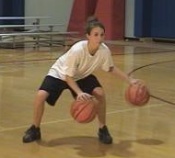
Advanced Drills – There are the drills that are needed for players that have developed the basic fundamentals / mechanics of dribbling the basketball, and are looking to take ball handling to the next level (they need bigger challenges). Here is one example.
Coordination Drills – These are the drills that help to develop hand coordination (for those players that need a way to develop athletic type skills). These types of drills are also very important for player development. Here is one example.
More Ball Handling Drills
We have a new download publication with a bunch of video clips on ball handling / dribbling drills (80+ drills) that we know will be useful to you. Get your download copy now…
Ball Handling / Dribbling for Youth Basketball
Notes / Teaching Points:
1. Look Up while dribbling – Always stress to the players to “look up” while dribbling and /or while doing ball handling drills.
2. Left Hand – It is very important that younger players start using their left hand to dribble the basketball also (Their right hand if they are normally left handed). Note: Do not expect miracles from the younger players when it comes to dribbling with their left hand. Be patient, and keep stressing to your players to work hard with their left hand.
3. Dribble Hard and Low – Coaches should require that all their players dribble “hard and low” at all times. This will ensure that the players will not develop bad habits with their ball handling.
4. Stay under Control – Players should never try to dribble faster than they are able to, and always stay under control. Players will tend to try to race the other players during the dribbling drills, and will lose the ball quite frequently. Players should dribble as fast as they can while staying under control. Coaches must enforce this very important aspect of dribbling the basketball.
Conclusion
I always tell players that when they walk into a middle school or high school tryout that they need to pick up a ball and start showing off their ball handling skills. This gets the coaches attention – this serves as the first “impression” or “perception” of how well you can play the game. Point guards obviously need to be excellent ball handlers, but make no mistake – ball handling is critical to every players game. Just because you are a post player and won’t be bringing the ball up the court, doesn’t mean that good ball handling skills won’t ever be needed. Take the time to learn all the skills needed to be a “complete” player! Every player needs good ball handling skills – period! Don’t forget our new download publication “Ball Handling Drills for Youth Basketball”
Dribbling Drills
Interesting Post regarding Ball Handling / Dribbling Drills Here
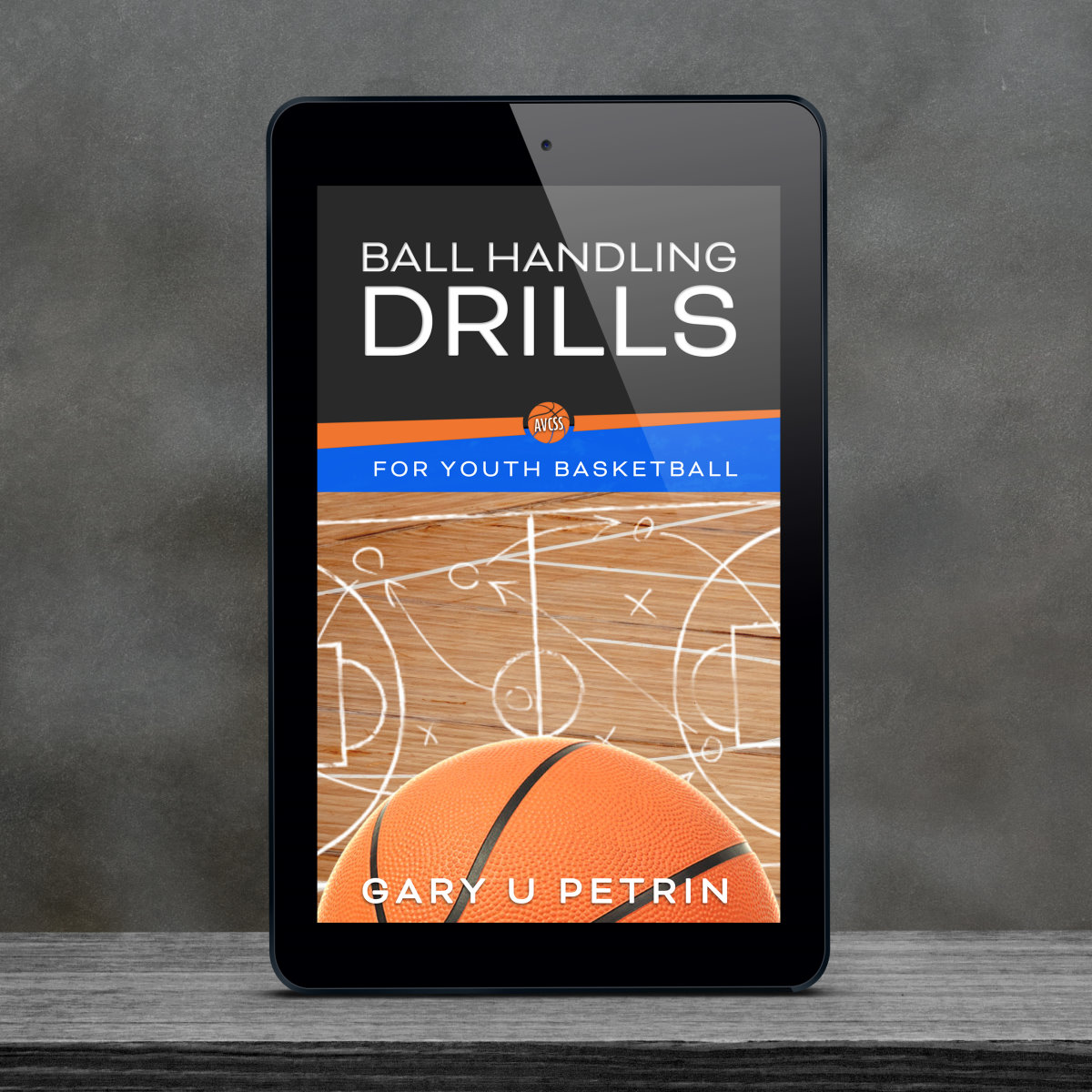
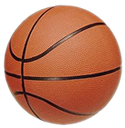

I think its good it will encourage people to read more of it and revise for it